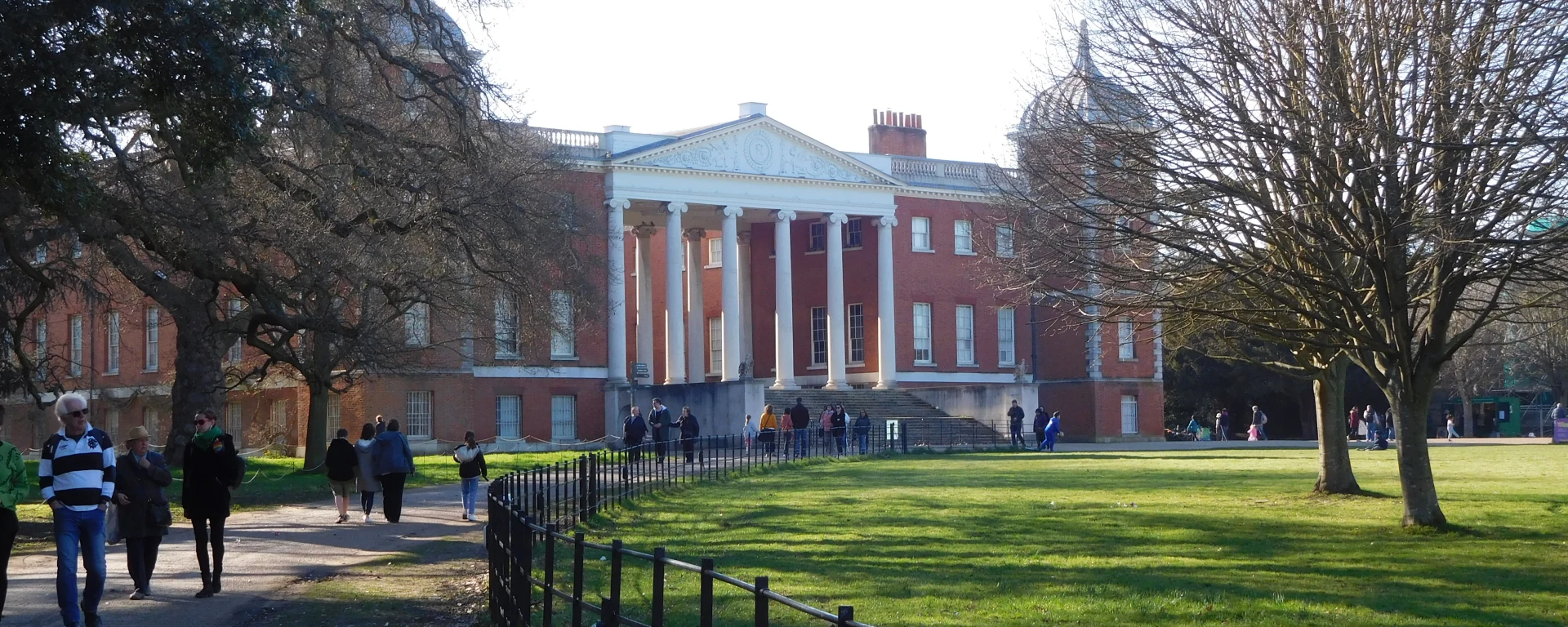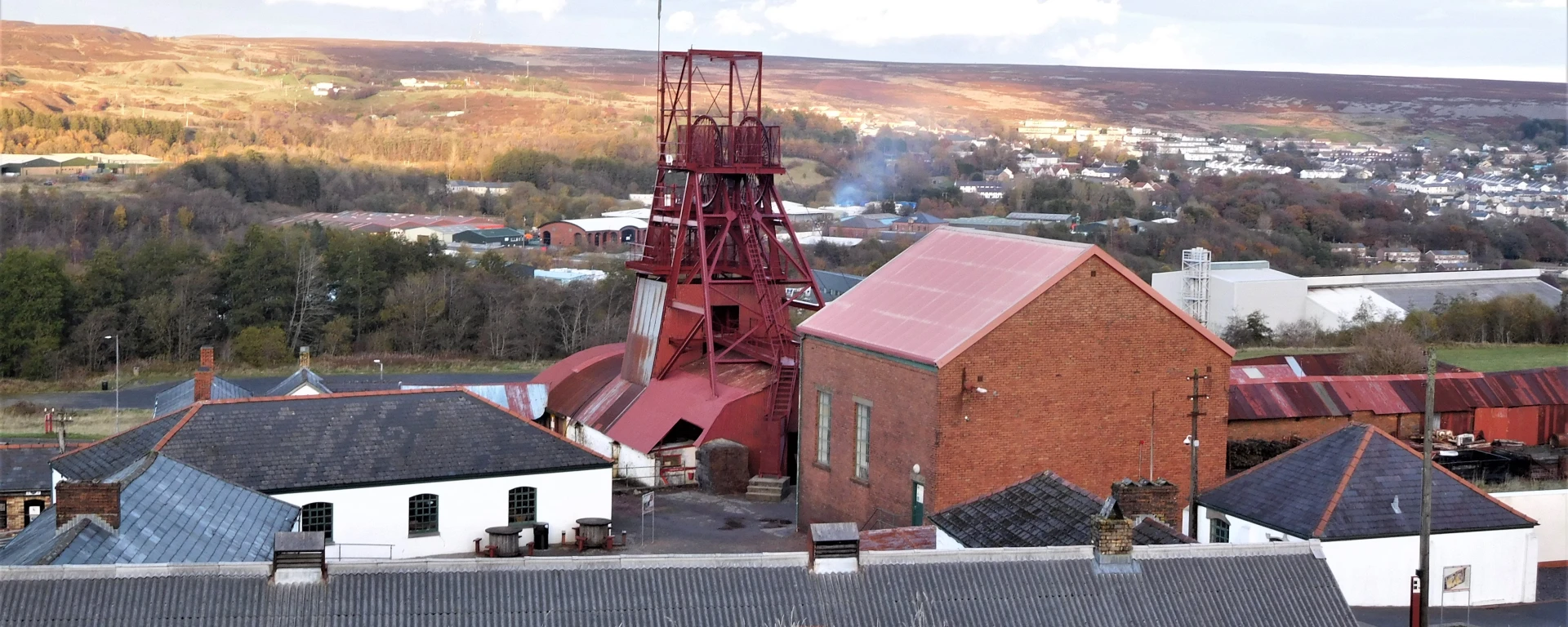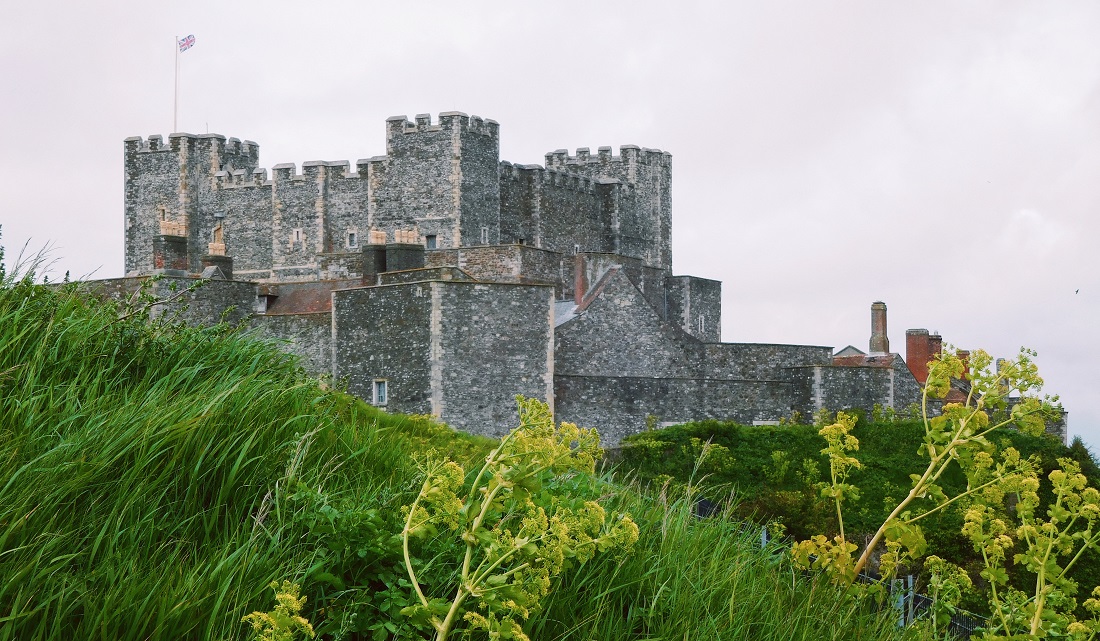Hi my lovely readers!
The countdown is on. From Monday museums and indoor sightseeing places will open up again once more, which means I will be able to visit some of the interesting and historic National Trust and English Heritage sites and houses again!
I’ve been waiting for this day for such a long time, in fact it’s been 6 months since we were able to visit any of them. Gardens were accessible for the public to enjoy and of course those open landscapes, parks, fields and hiking trails such as Hindhead Commons or Norbury Park, which are in Surrey.
Related post: UK Travel Restrictions And Quarantine Rules
Those are great, but I’m so excited to see a building again such as the one I want to talk about today, which is Chartwell.
Of course many of the National Trust houses are associated with significant, wealthy and influential people from the past. However, Chartwell is associated with the famous Sir Winston Churchill and therefore perhaps a bit more popular.
Churchill as the UK’s prime minister during World War II played a significant role during his time in office. The decisions he made back then had a lasting impact on many of us today.
Chartwell – The family home of Sir Winston Churchill
BRIEF HISTORY
Chartwell was the family home of Sir Winston Churchill, who served as Prime Minister of the UK during the Second World War from 1940 to 1945 and then again from 1951 to 1955.
The house was in the hands of the Churchill family since 1922 and served as a home for them away from the spot light, the public and busy city life. It was their country retreat.
The National Trust took ownership of Chartwell actually 18 years before Winston Churchill passed away for a simple reason. The upkeep of the house and the large estate was simply too expensive.
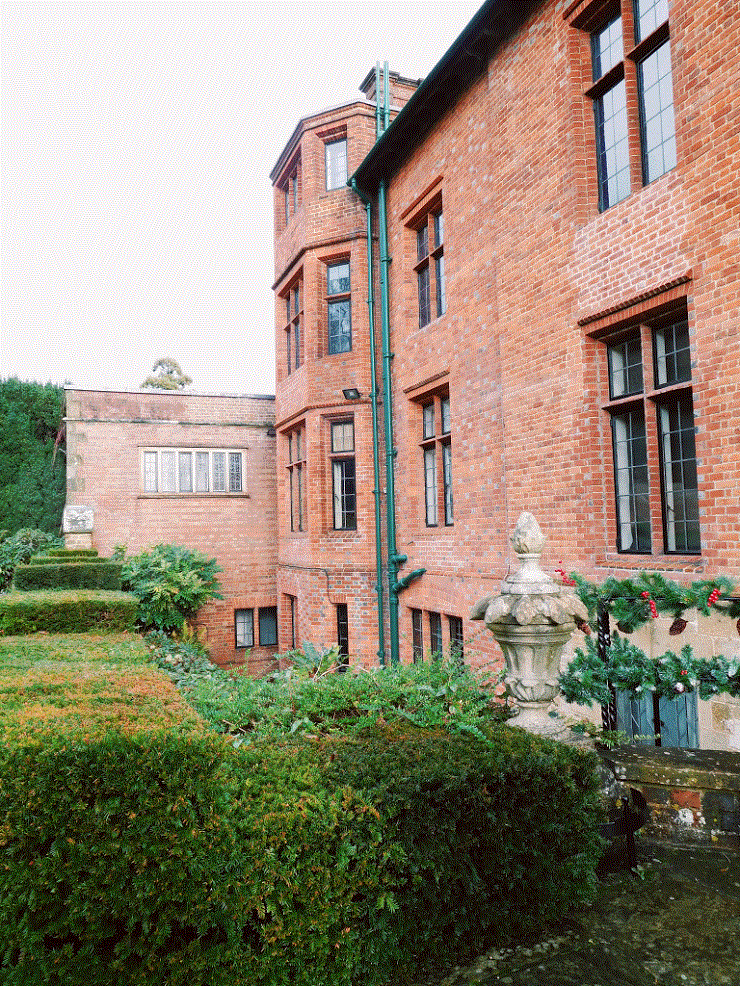
Chartwell was sold for £50,000 to some businessmen who then offered it to the National Trust under one condition for Winston and his wife Clementine to continue to live at Chartwell for as long as they wanted to.
Churchill himself preferred to live at Chartwell rather than his flat in London, but in 1964 due to bad health, he had to move away from Chartwell. He passed away one year later, just a few weeks after his 90th birthday on 24th January 1965.
Clementine vacated Chartwell a few months after her husbands death. Final preparations were put into place to open the house to the public, which happened in the summer of 1966.
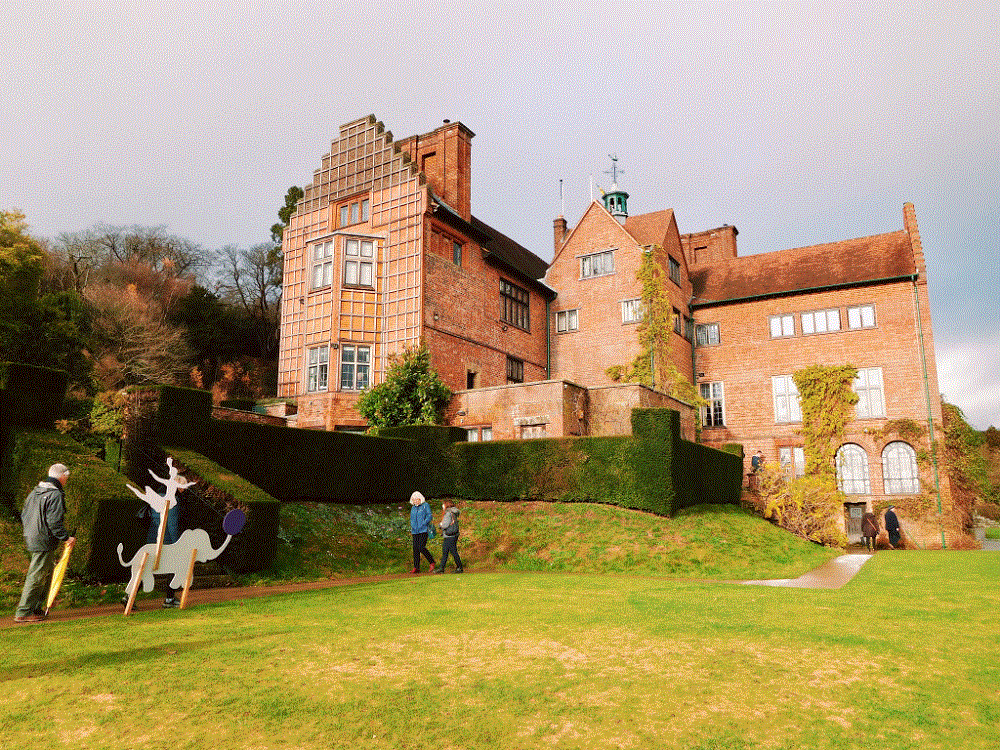
There was high demand and interest of the public to visit Chartwell who wanted to see how Sir Winston Churchill liked to spend his time and how he lived. Of course, this is still the case today as Churchill is remembered for leading Britain through the Second World War.
The house, rooms and gardens are presented much in the way they would have looked like and been used for in the 1930s.
THE HOUSE
The house definitely takes you back in time, to the time when Churchill would have spend his time at Chartwell plotting how to become prime minister as well as how to defeat the Germans. At least that’s what I imagine he would have done.
Many rooms in the house are open and accessible such as the Drawing Room, a place where the family as well as their guests would have come together to perhaps play a game of bezique or the Sitting Room, the first room visitors normally see when they enter the house.
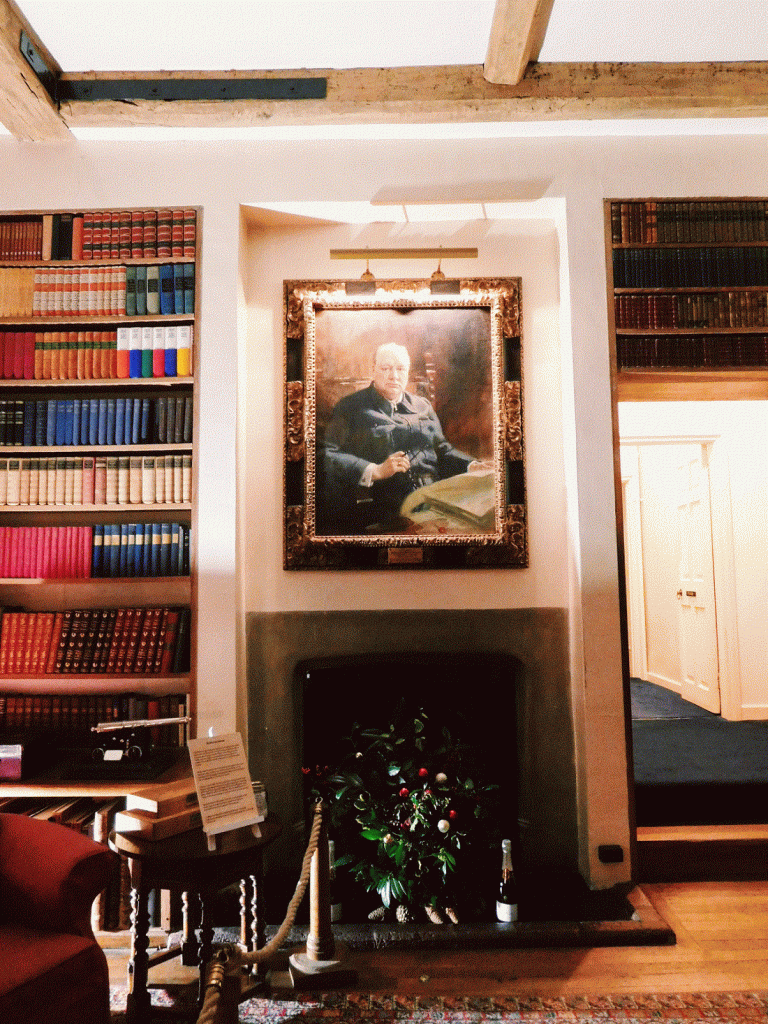

Another room, one of my favourite rooms in Chartwell is the Library. Churchill would have come here to look for some inspiration and to do some research. The Library was also a place he could escape to when he needed somewhere quiet to think and gather his thoughts. The Library was not just useful to Churchill though, but also to his research assistants, who had access to it.
Other rooms that are worth seeing are Clementine Churchill’s Bedroom, Churchill’s Study, also known as his workshop and the Museum and Uniform Rooms. Once former guest rooms, they now host a collection of uniforms that Churchill used to wear and gifts and presents awarded to him.
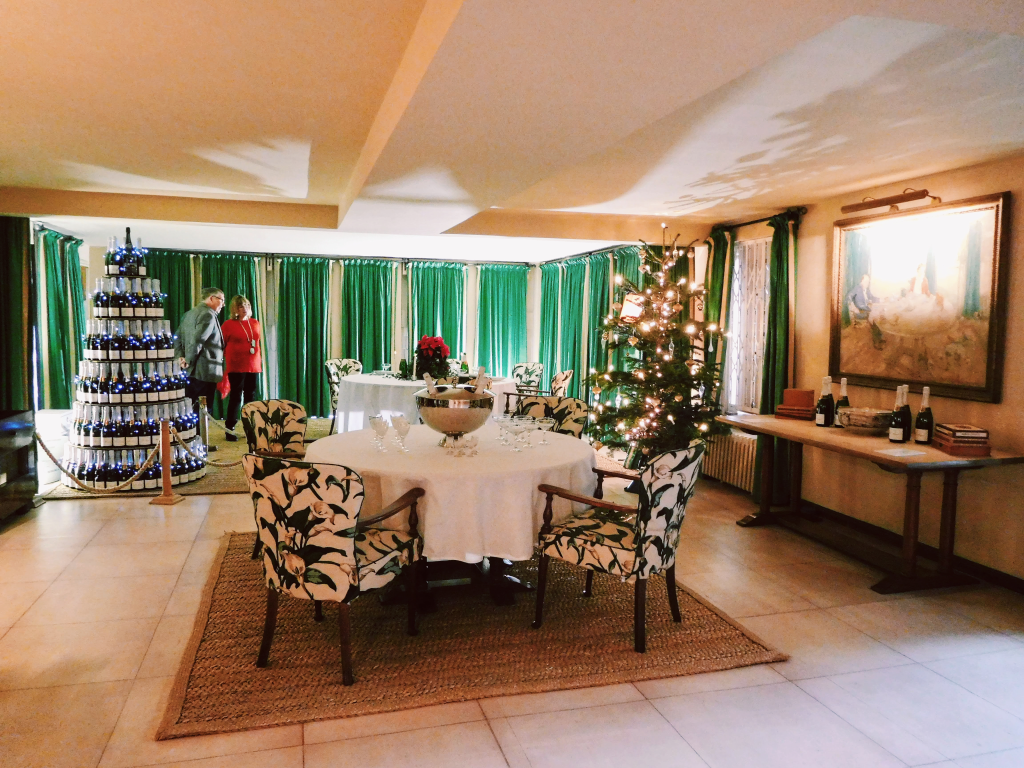
Another room that I passed through was the Dining Room. Rather than sitting on a long rectangular table, the Churchill family preferred a more intimate round dining table with armchairs. This set was specifically designed for the family and manufactured by Heals, which still exist today.
THE GARDENS AND GROUNDS
The Churchill family had vast grounds that came with Chartwell. Next to the house is a walled garden where they would have planted some fruits, veg and herbs and anything they would have liked.
Throughout the garden are a few status located, some of them depicting Churchill. You can find them while strolling through the gardens.
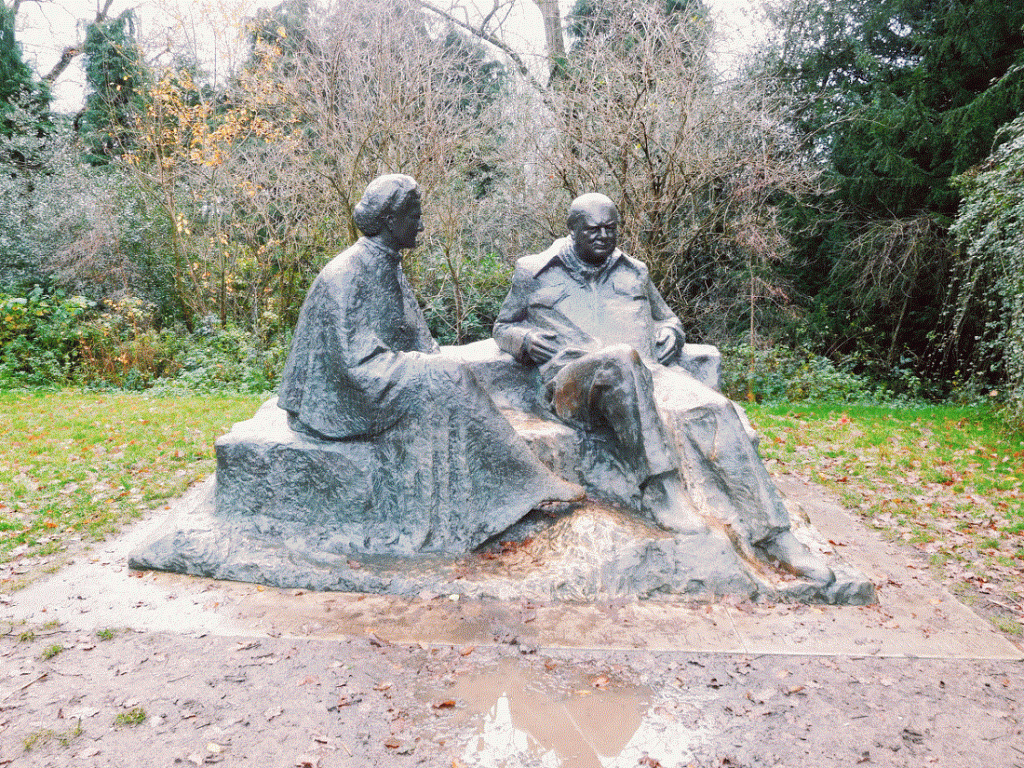
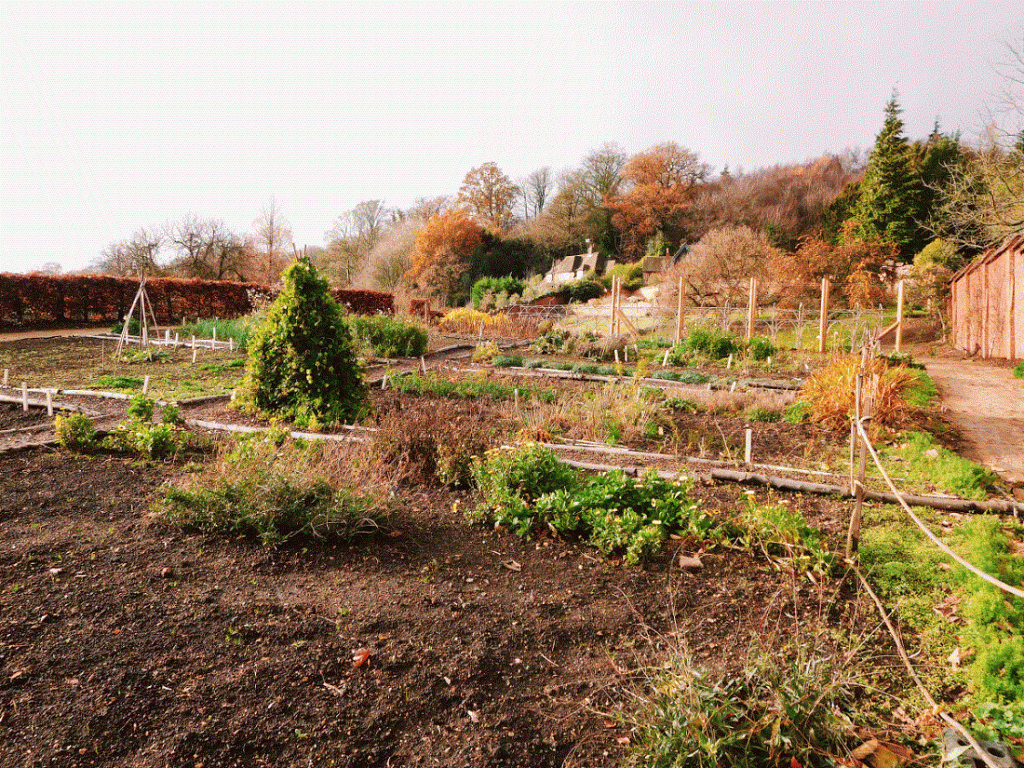
The other important building that you don’t want to miss viewing is the Studio located in the gardens. The Studio was a creative outlet for Churchill, who was a passionate painter. It showcases the largest collection of Churchill’s paintings, some of them being rather lovely and artistic.

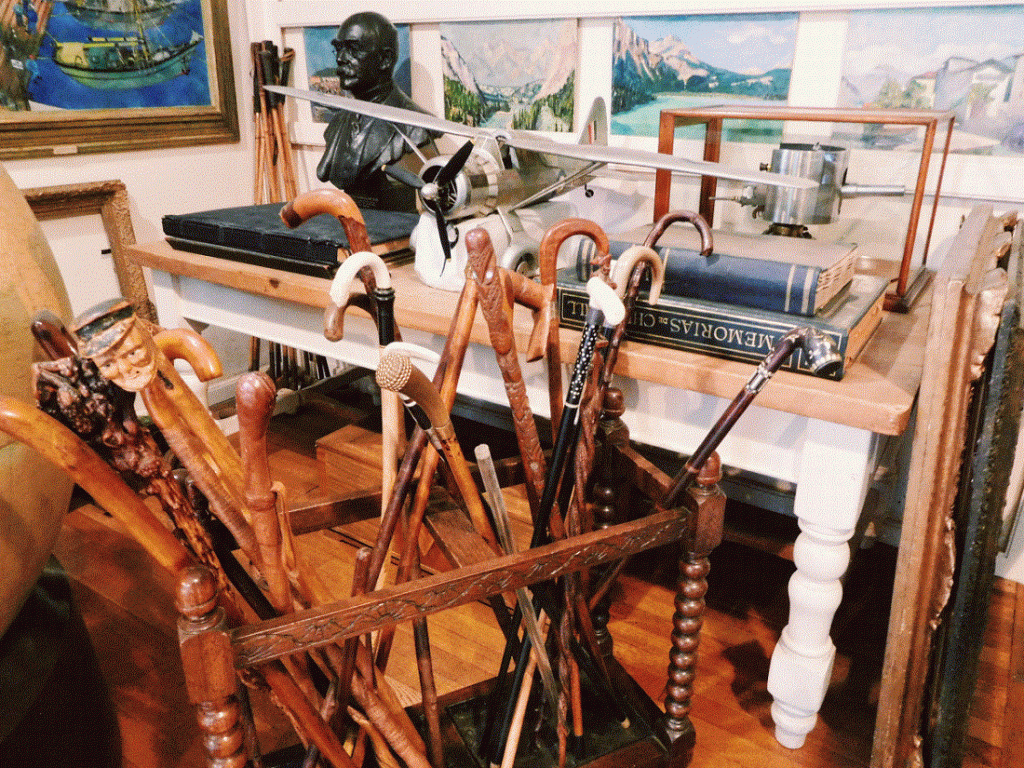
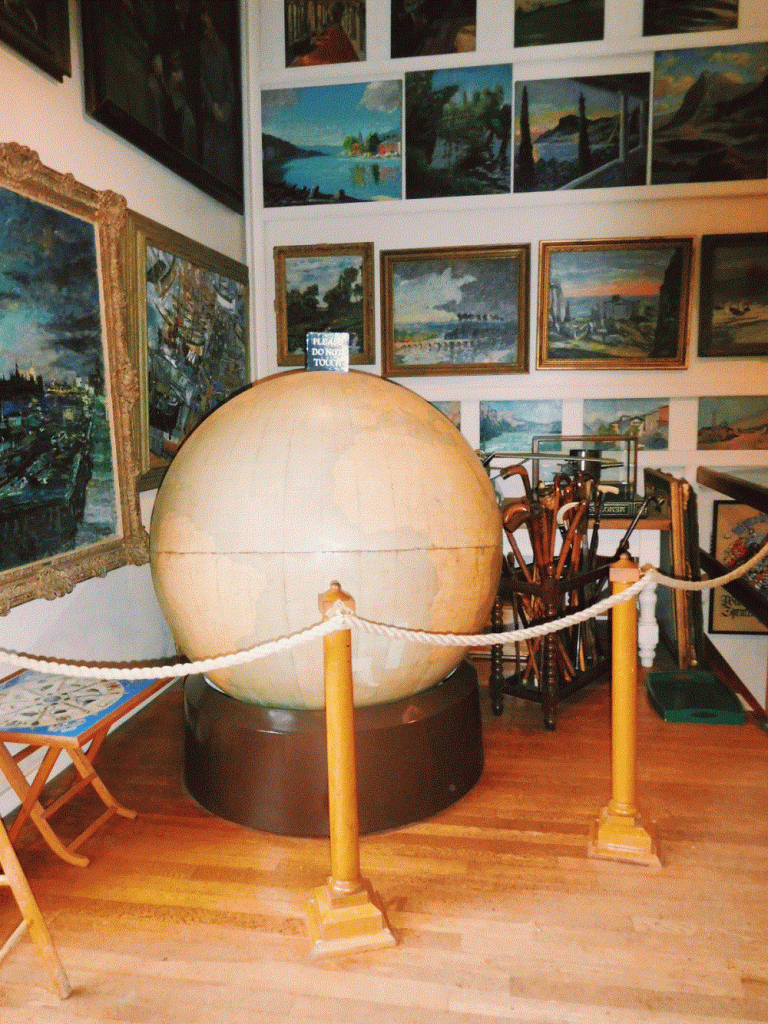
You can go for a longer walk if you prefer and venture a bit further away from the house around the grounds to see the ponds, fields, woodlands and to get excellent views of the house to appreciate the beautiful setting the house is in.
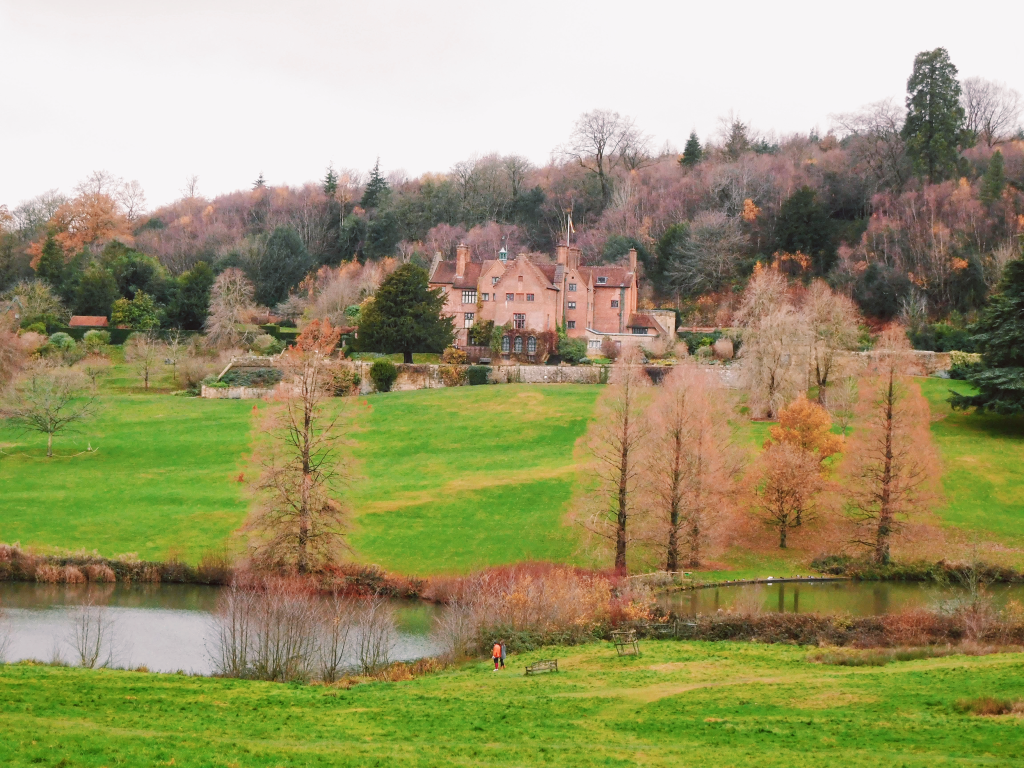
FINAL THOUGHTS …
Chartwell is a lovely intimate and homely country house and I personally always find it interesting to see the places where history was made. Especially if it’s recent history.
Many of the rooms show personal belongings of the Churchill family and the house is staged as if the family just left the rooms. You really get a good idea what life must have been like back then and what Churchill was doing. I can see him walking around in the Library or Study brainstorming and debating with his guests and assistants.
As with many of the National Trust sites there’s a shop and restaurant onsite that sell some charming souvenirs and tasty treats and goodies.
I visited Chartwell during Christmas time in 2019 and the house was decorated with lots of Christmas trees, flower arrangements and many crafty and inspiring christmassy ideas such as the “champagne tree” you can see in the Dining Room picture.
I love visiting these places any time of the year as they always change. In the spring you can see all the gardens and flower beds come to life, in the summer you can often enjoy a picnic in the grounds, in autumn the trees change colours and many sites are decorated with pumpkins and of course in winter everything looks festive.
I enjoyed visiting Chartwell and learning more about Churchill as a person rather than just the politician.
- Opening times: House and Exhibition – 11 am to 4pm, Garden – 10am to 5.30pm
- Admission: Please check website as prices change due to Covid restrictions, free to National Trust members
- For more information please visit: National Trust Chartwell
- How to get there: By car – Mapleton Road, Westerham, Kent, TN16 1PS. By Train – The closest train stations are Edenbridge (4 miles) and Oxted (6 miles) stations with trains going from London Victoria and London Bridge or Sevenoaks station (6 miles) that run from London Charing Cross, Waterloo East and London Bridge. From the train station you can take a cab to Chartwell. By Bus – Take the bus 246, which is a London bus route from Bromley North to Chartwell.


